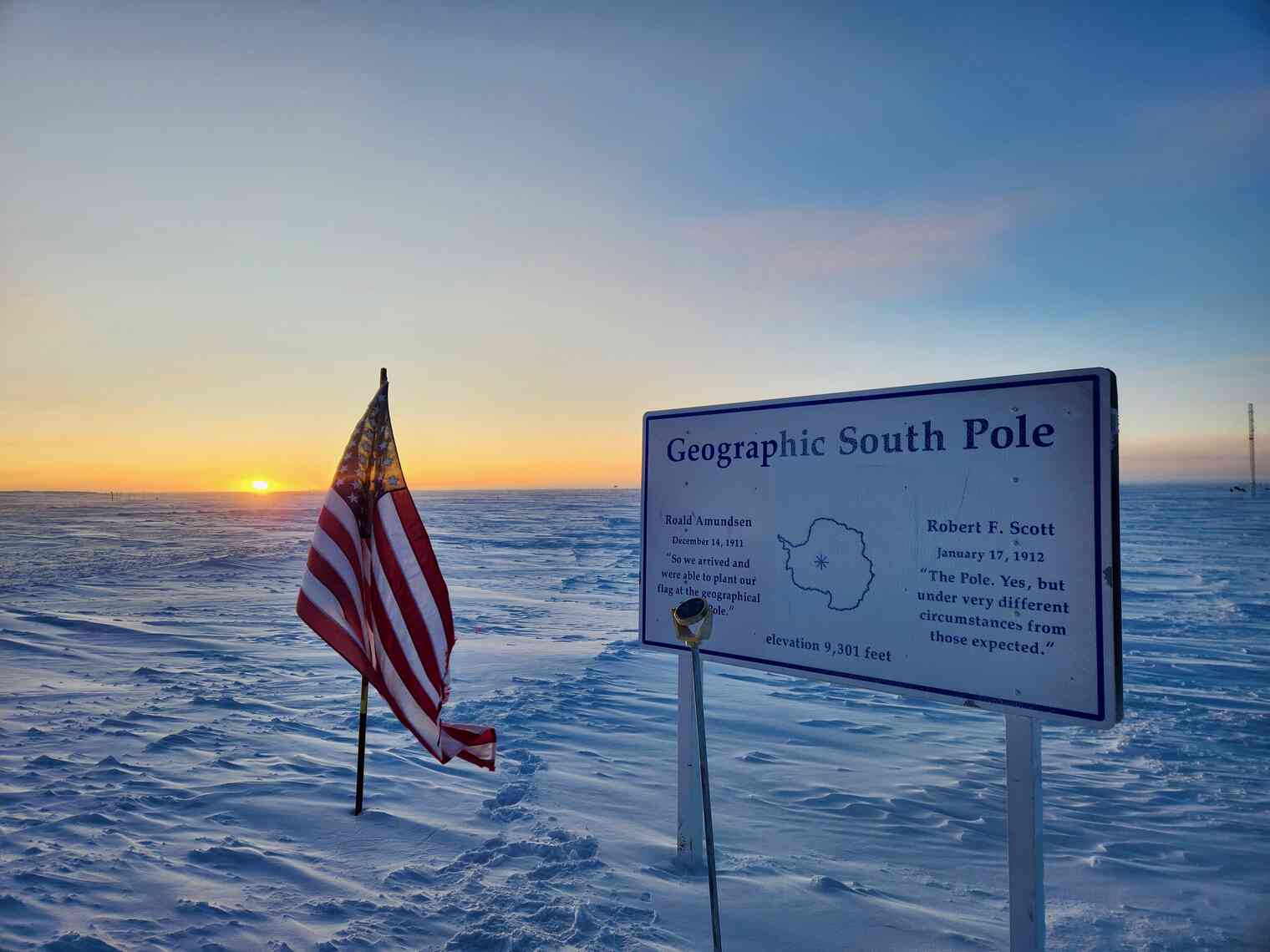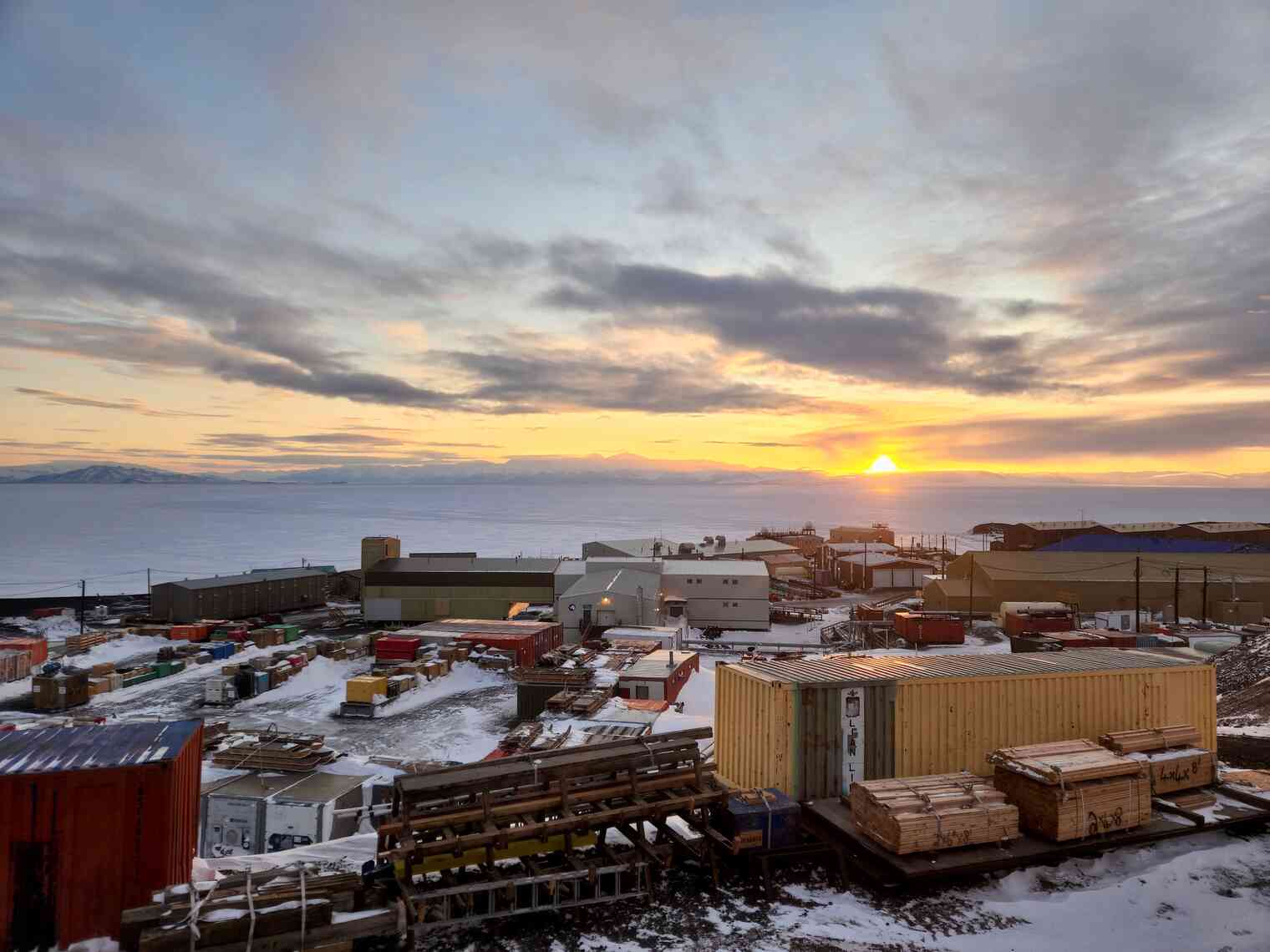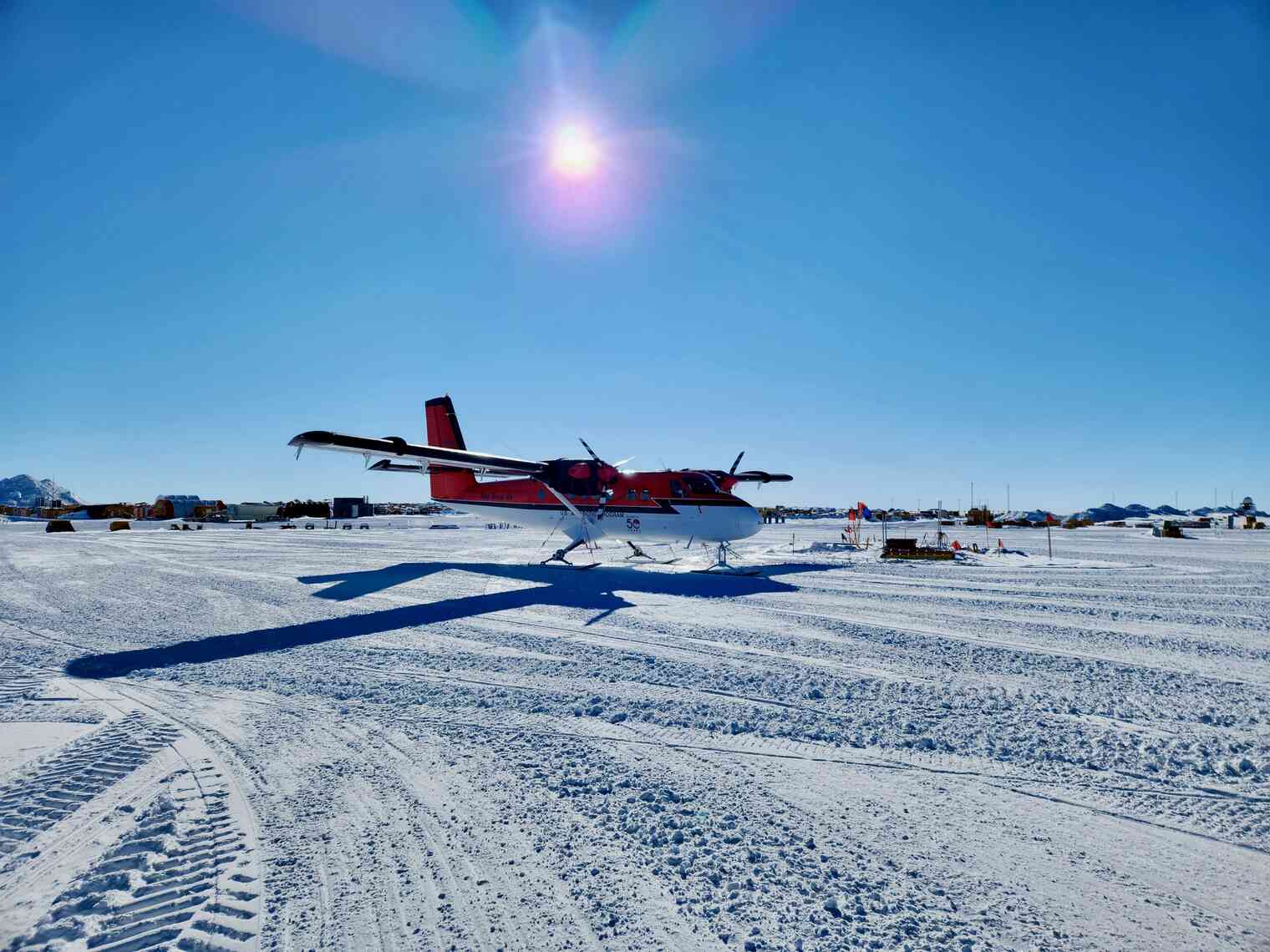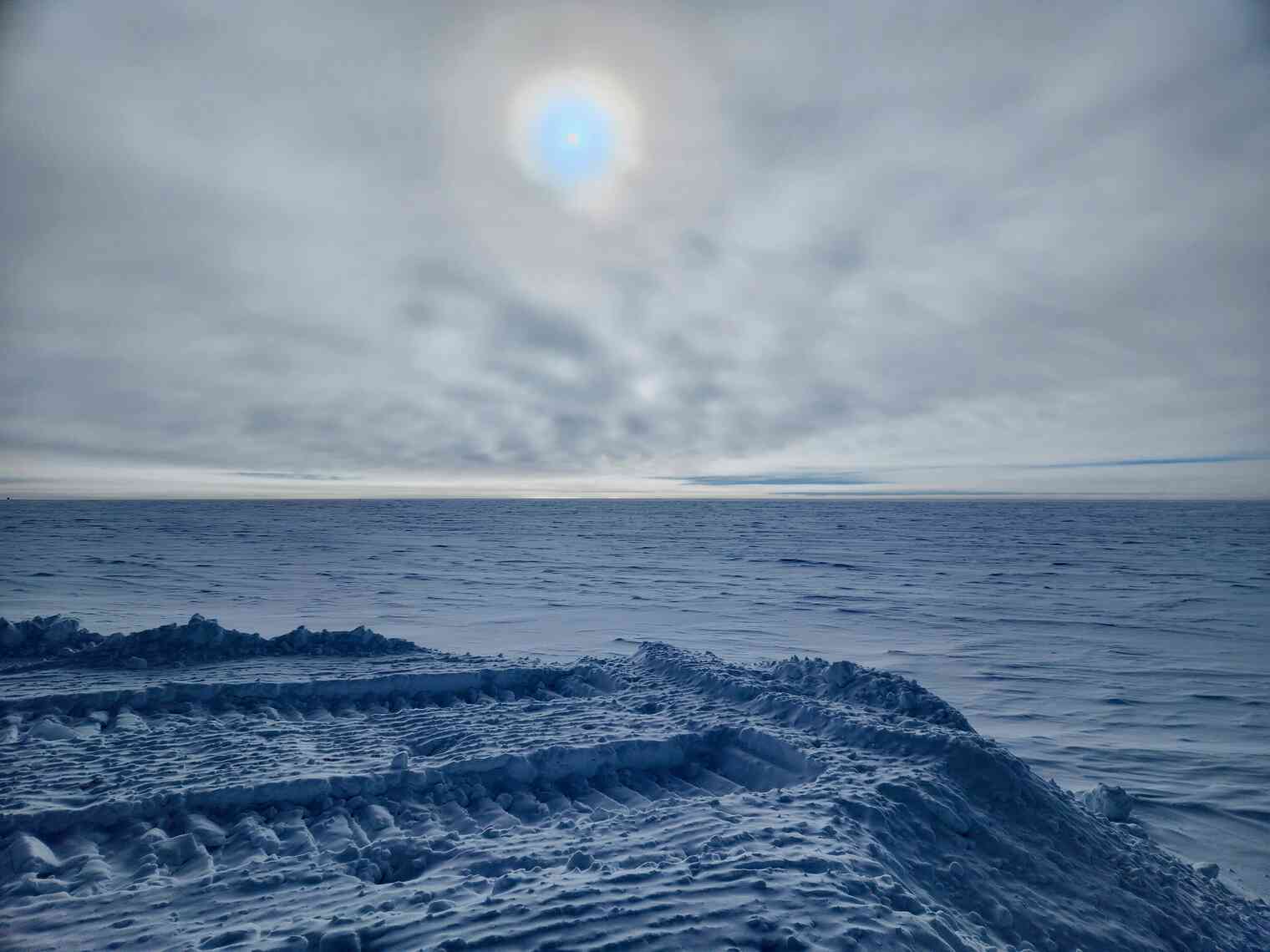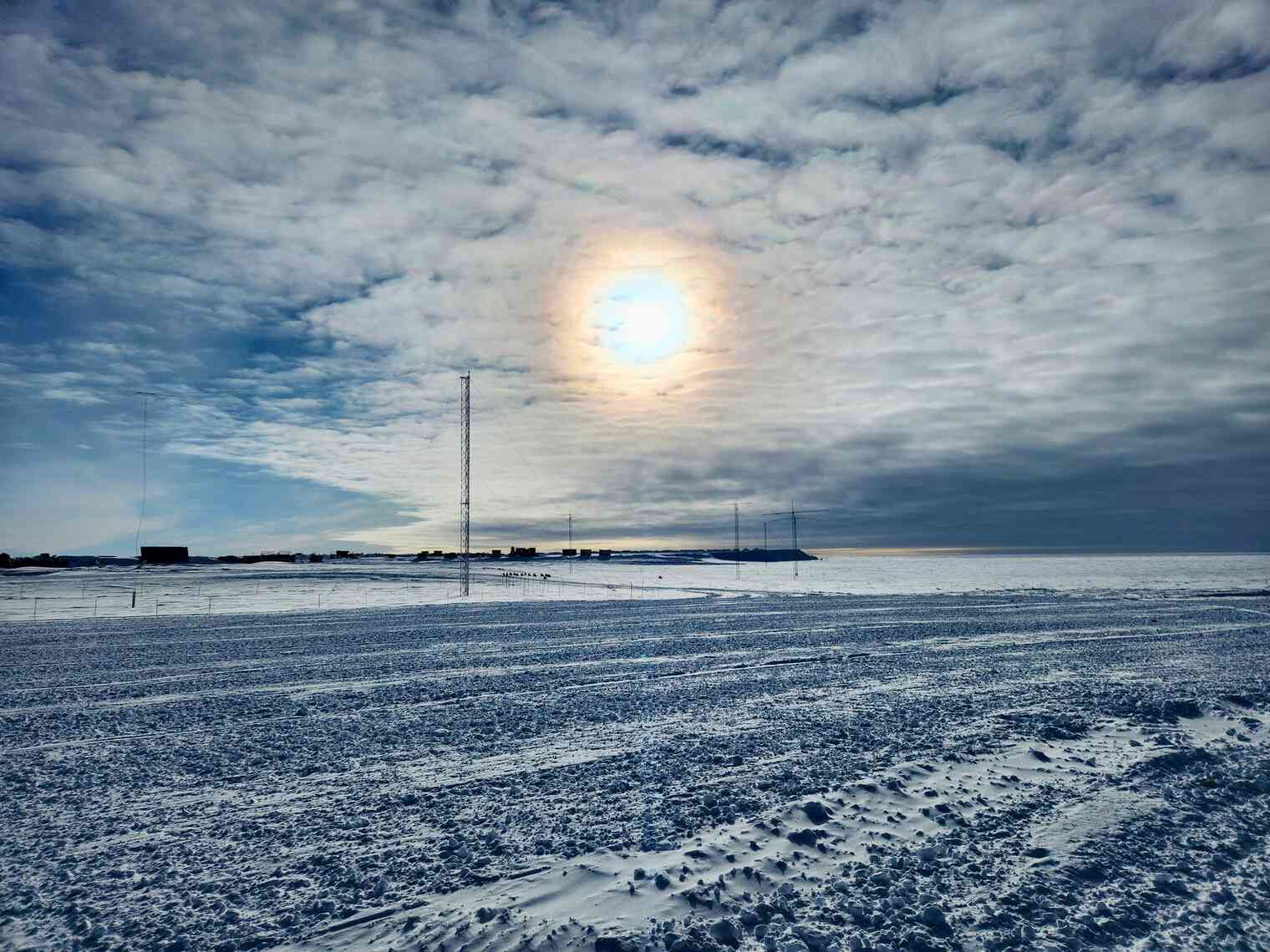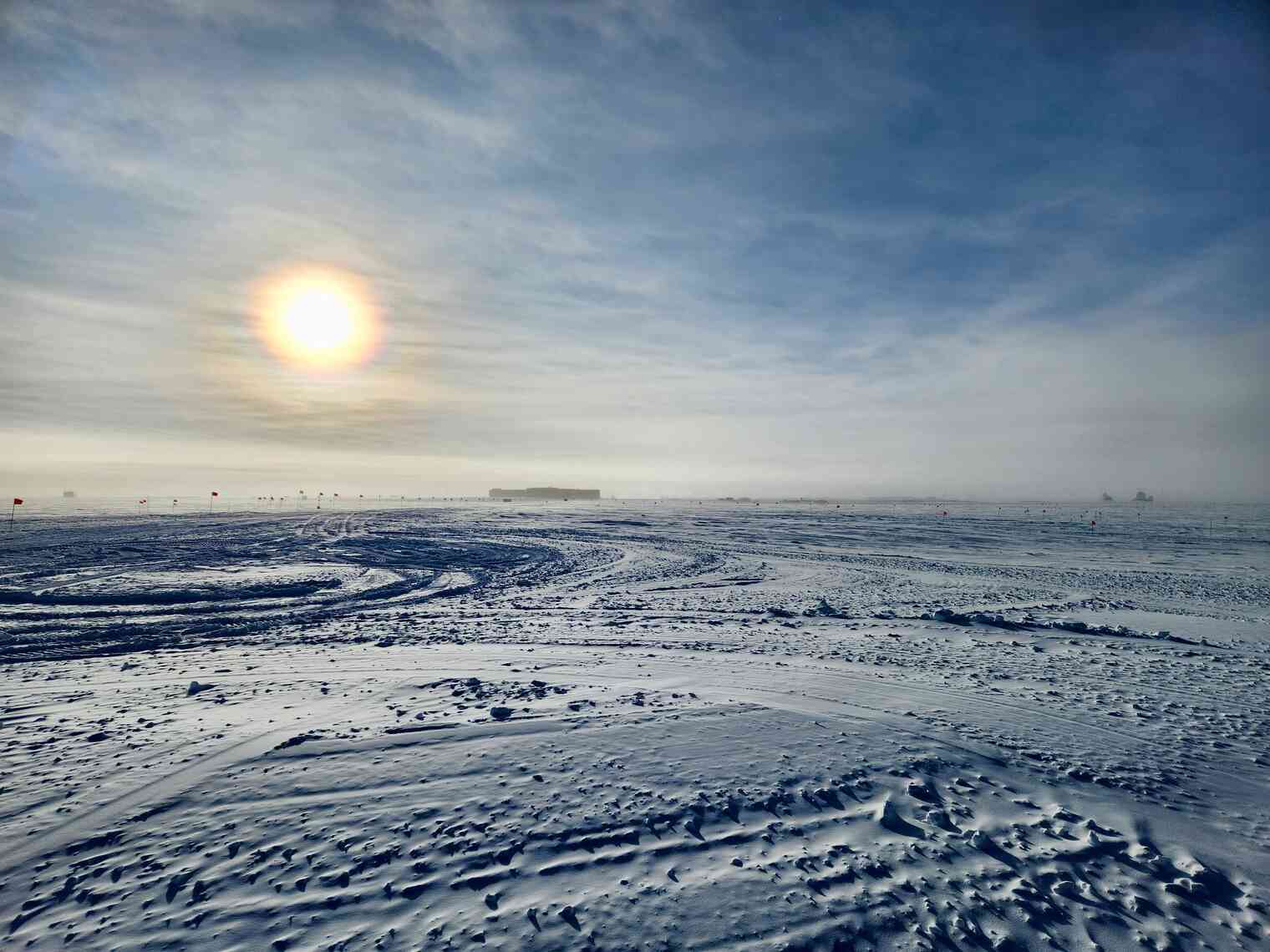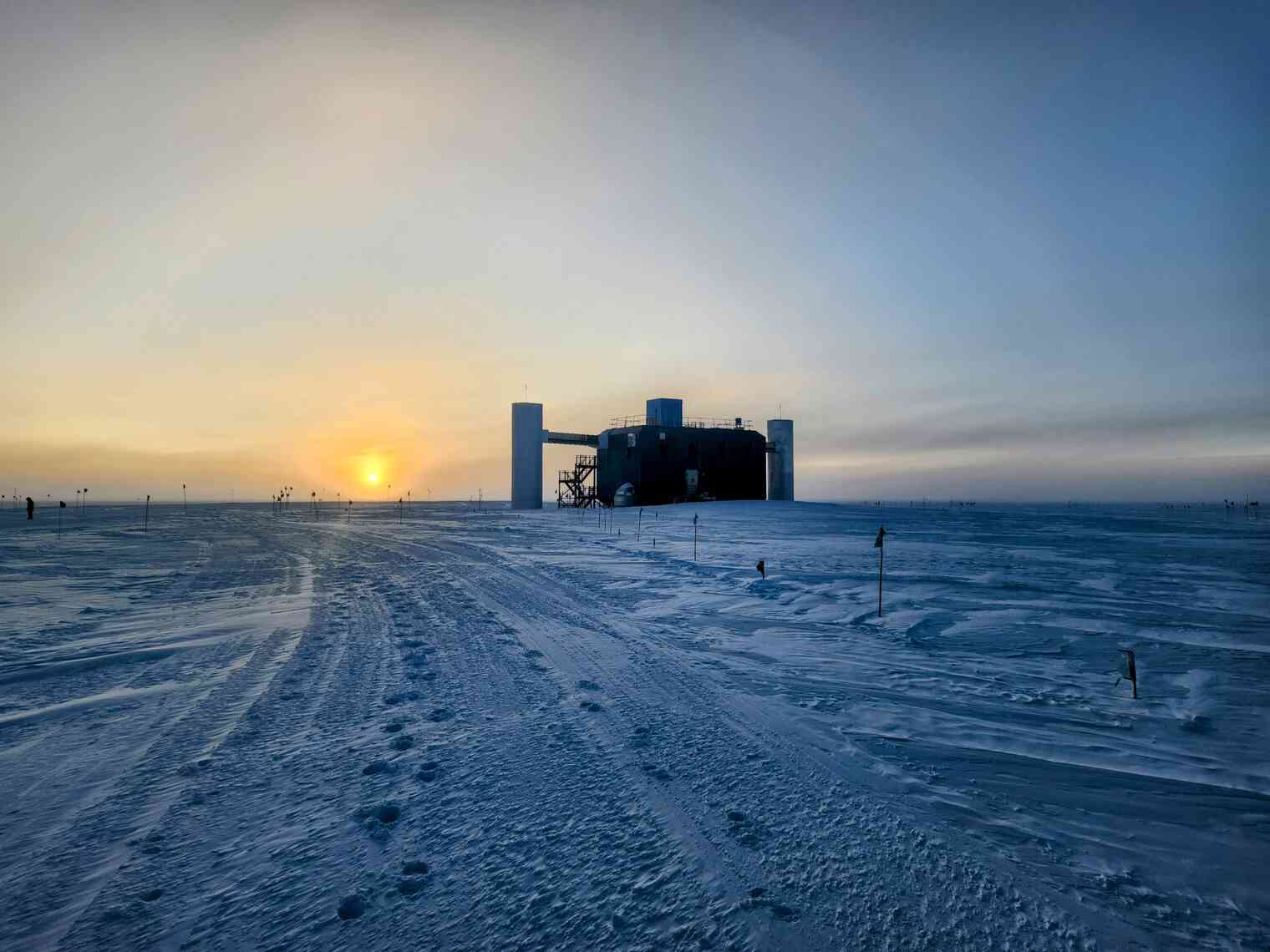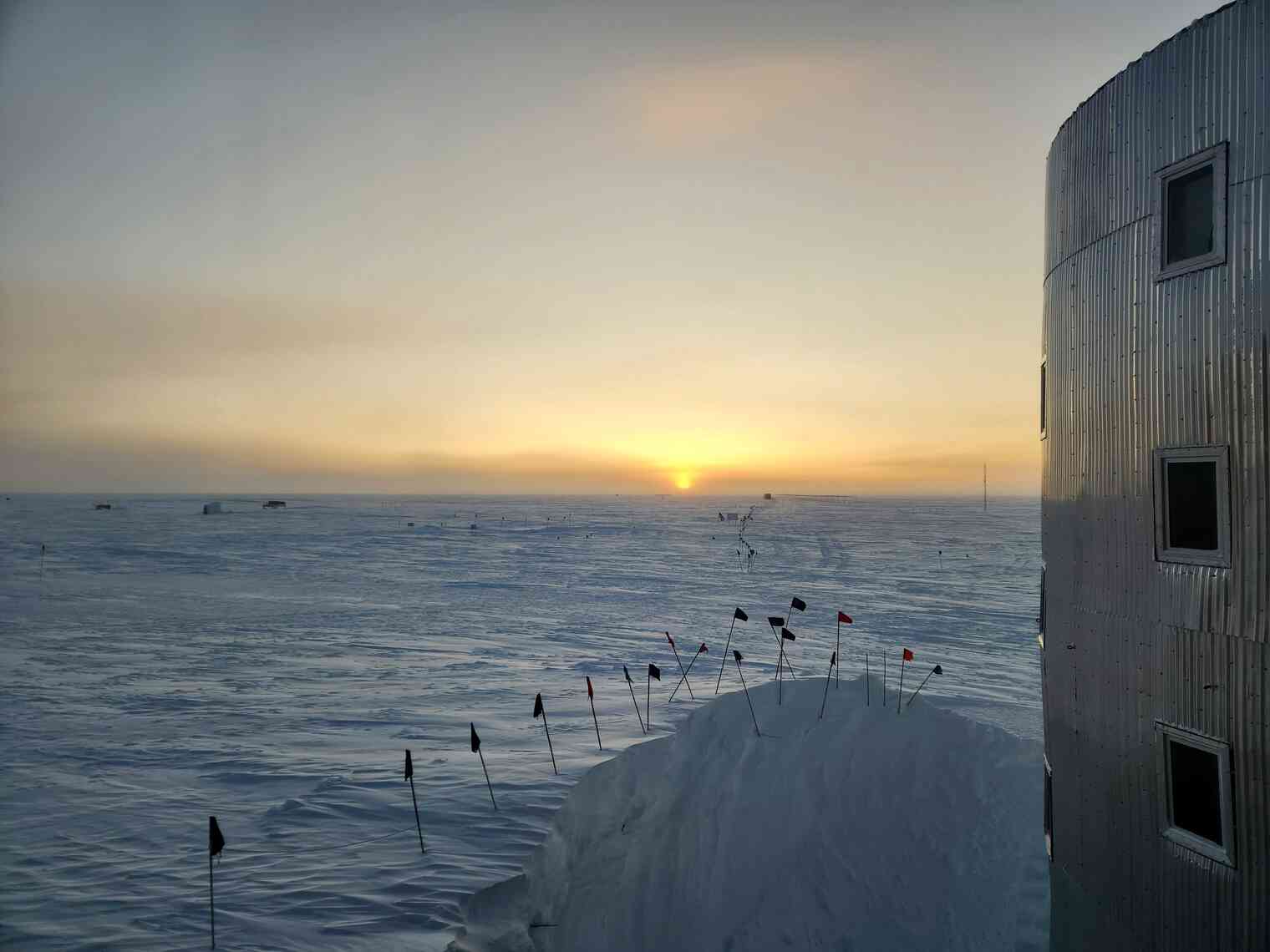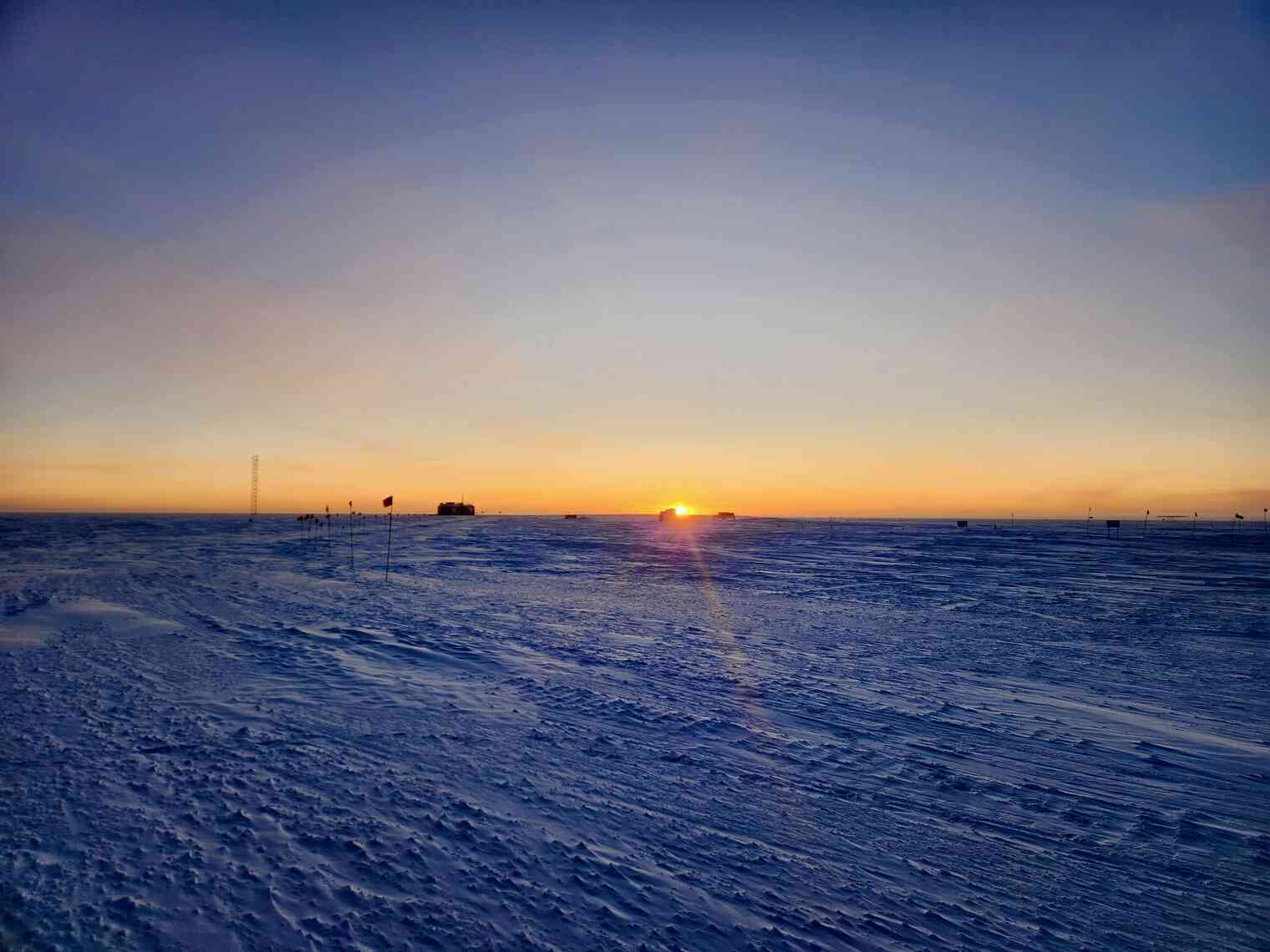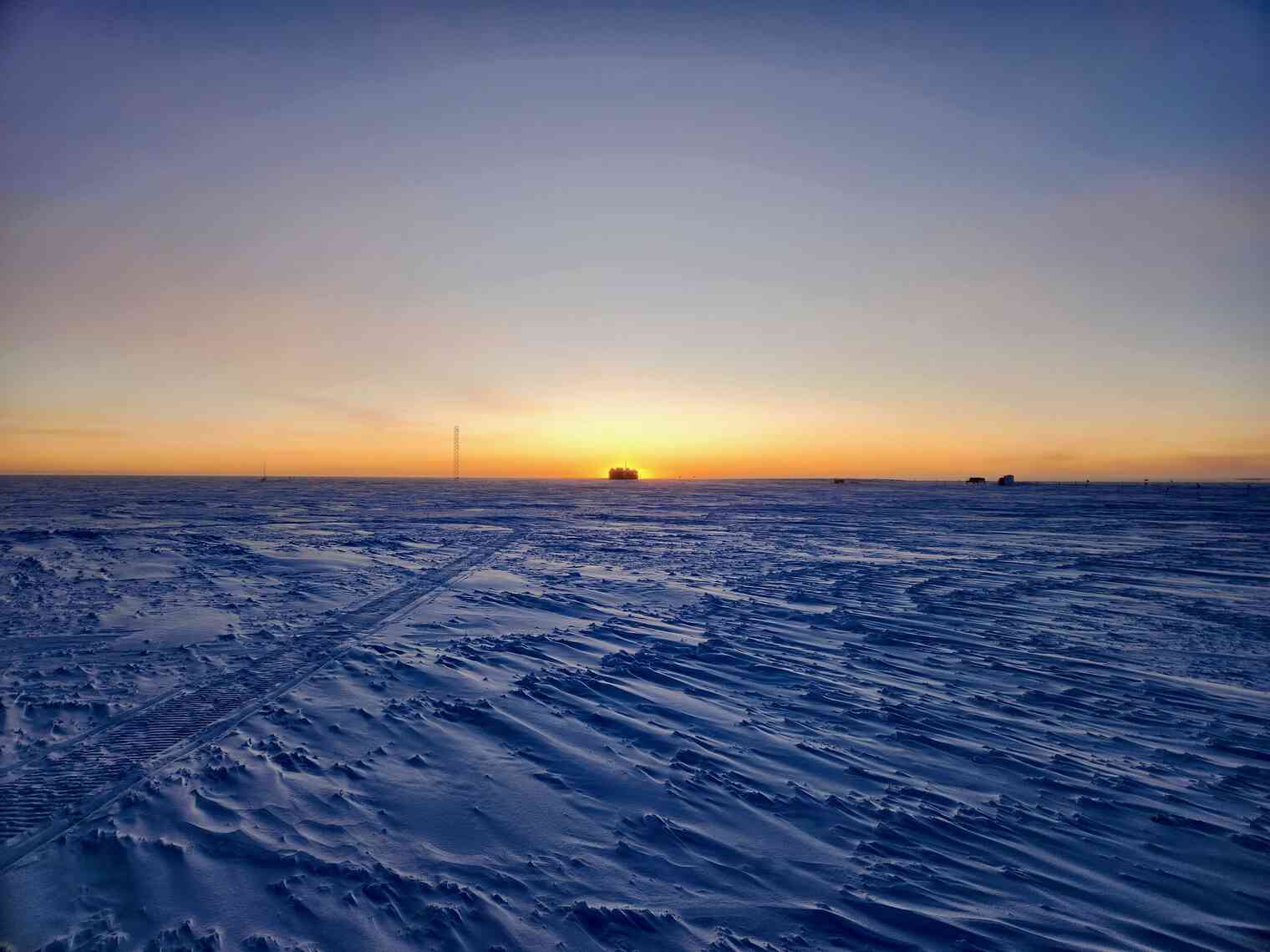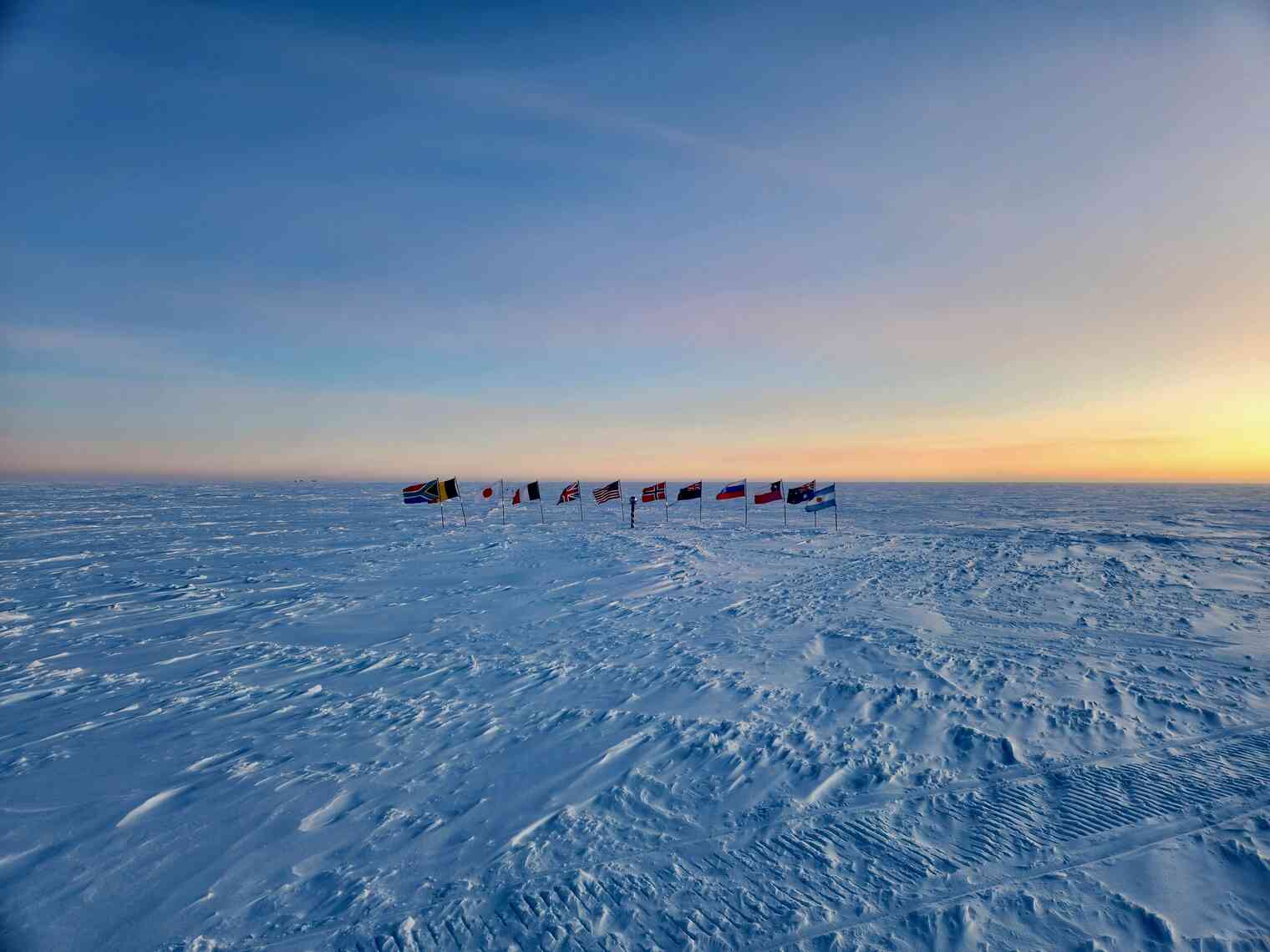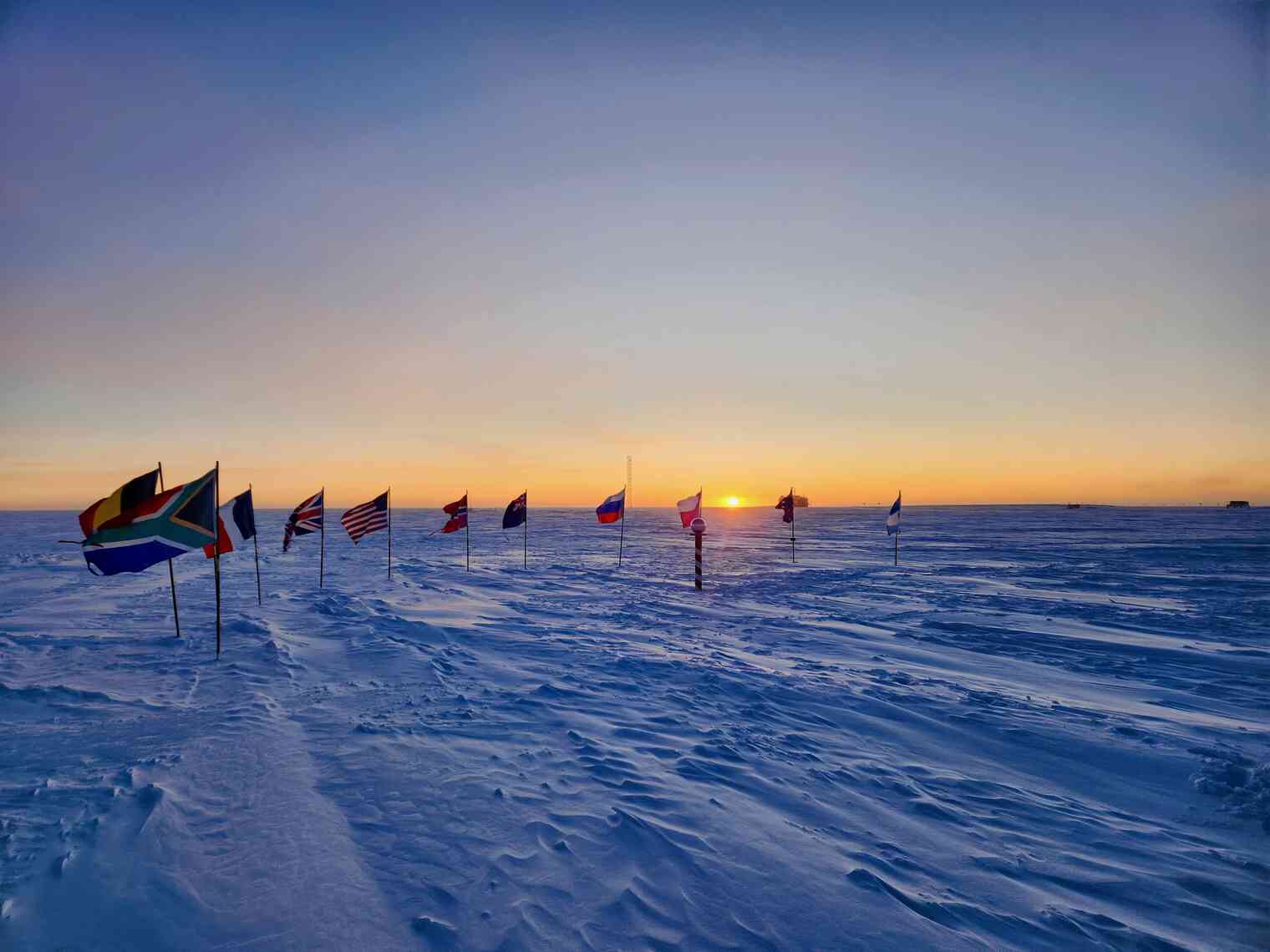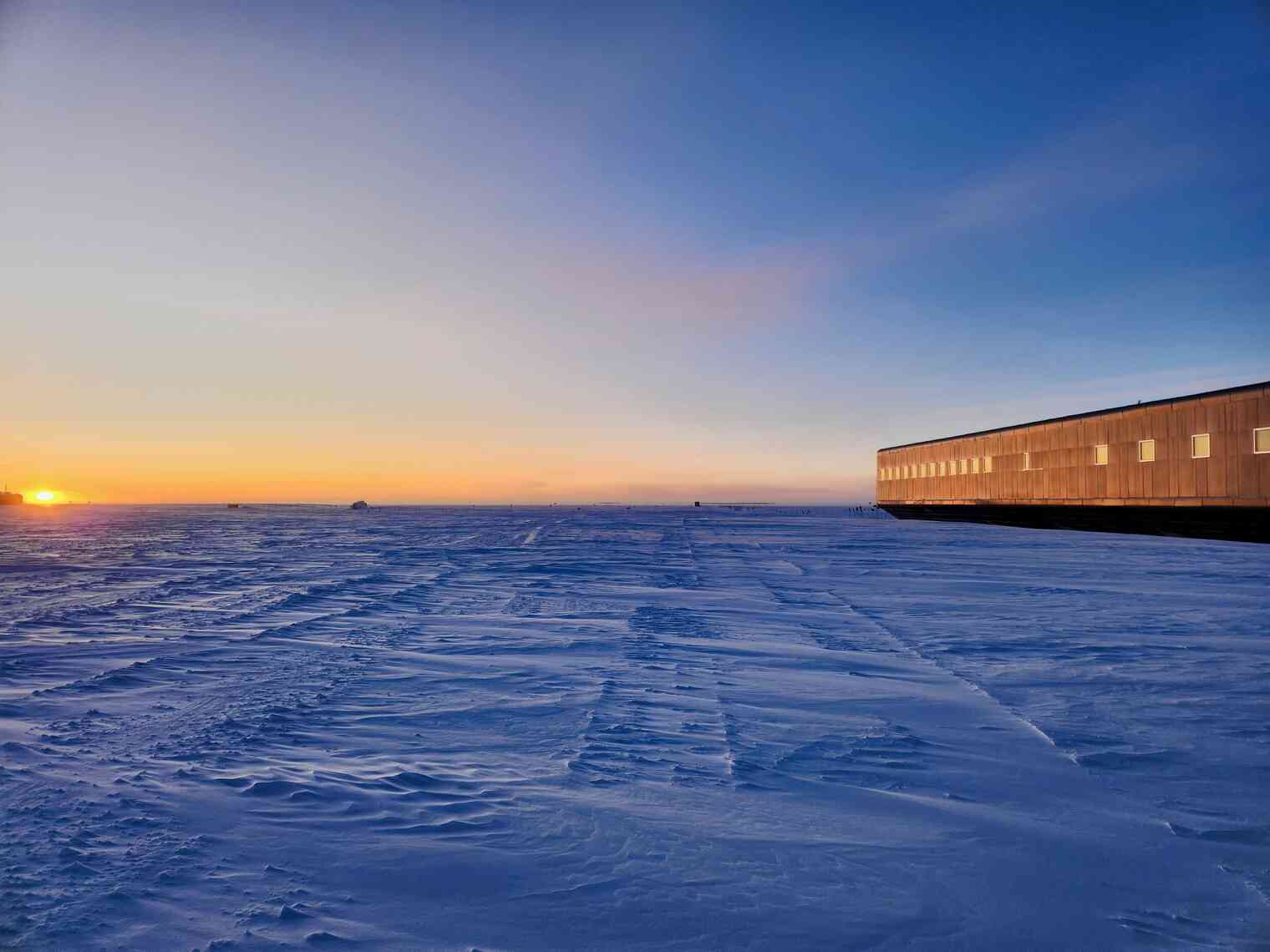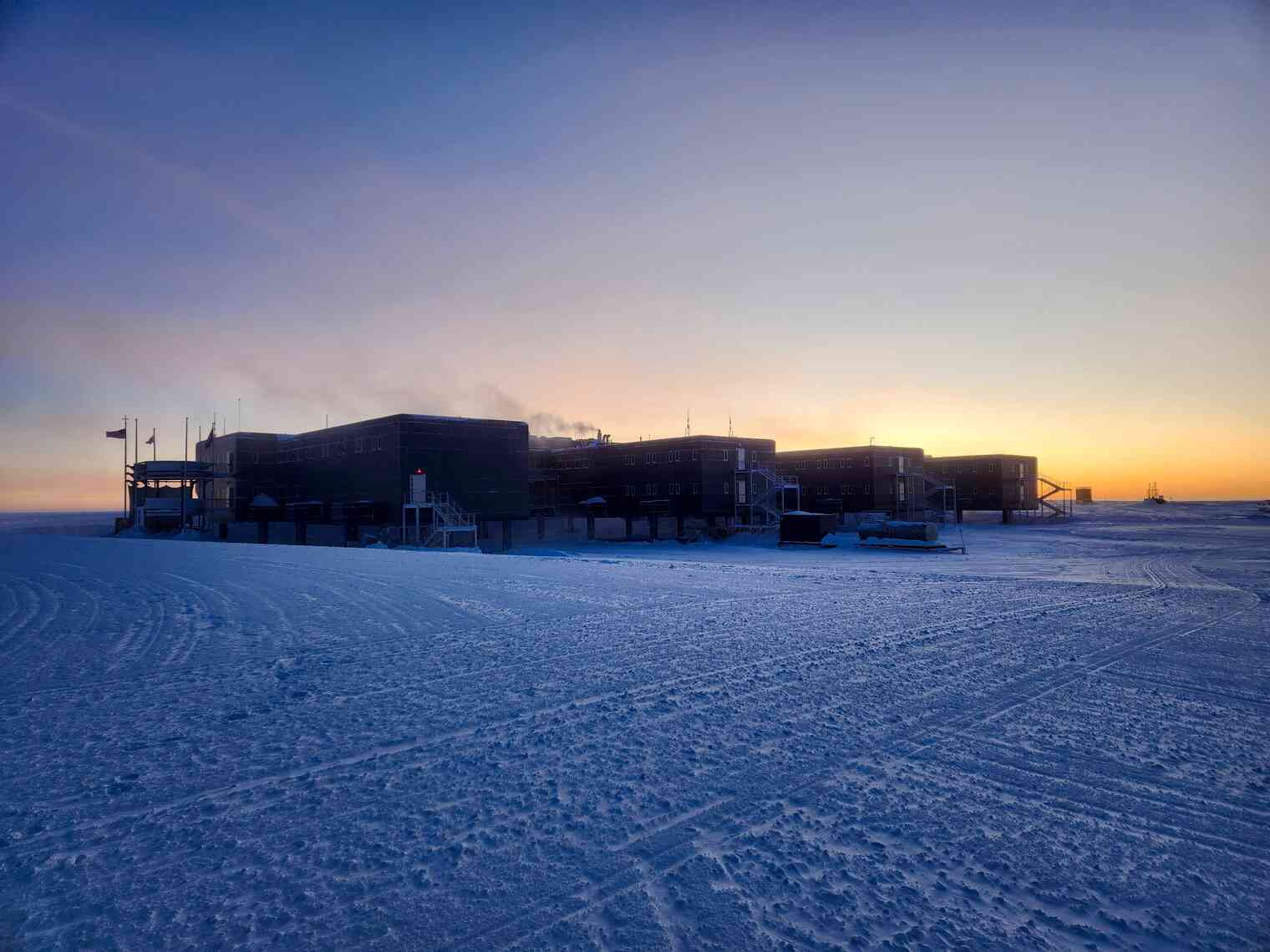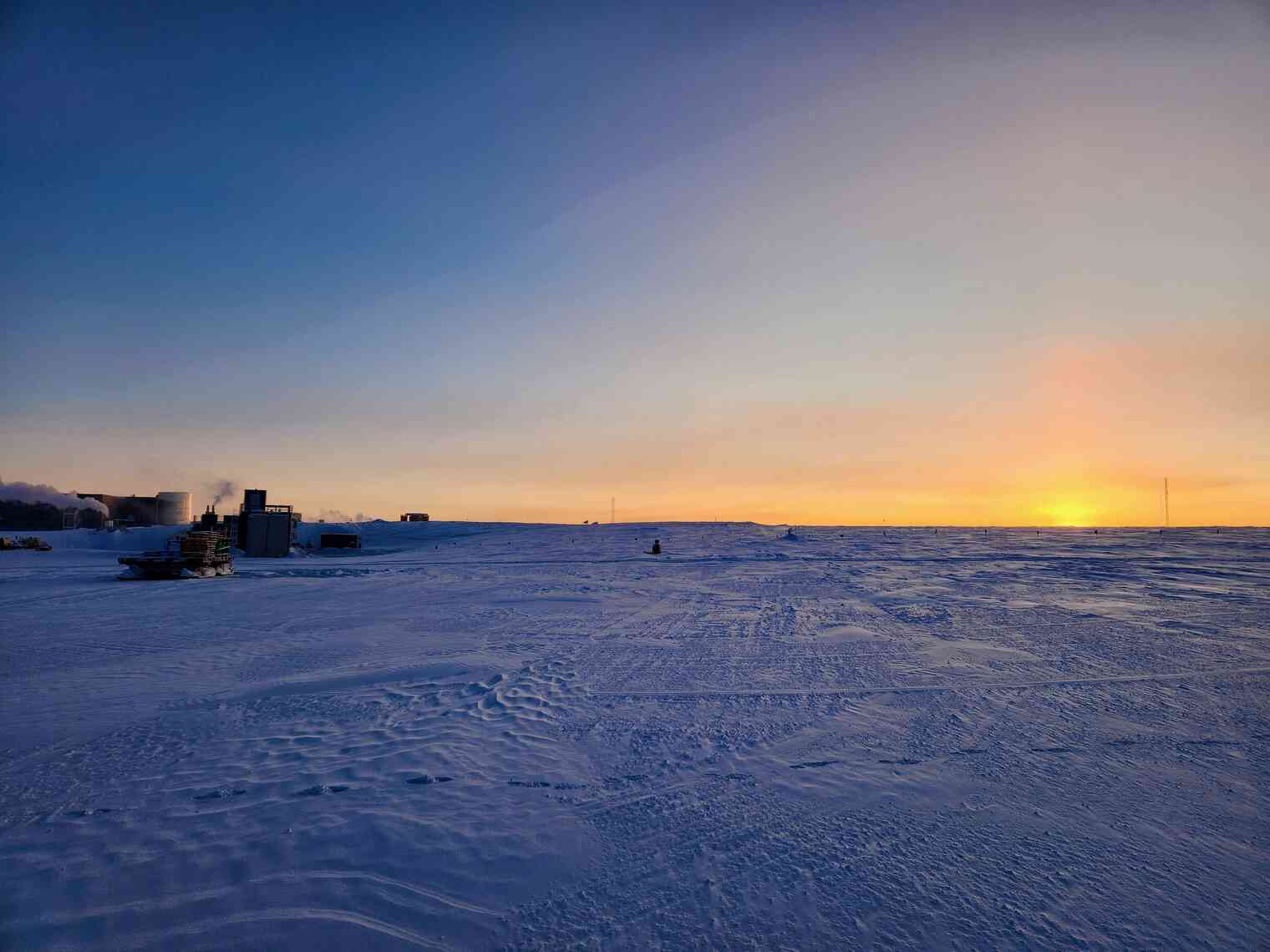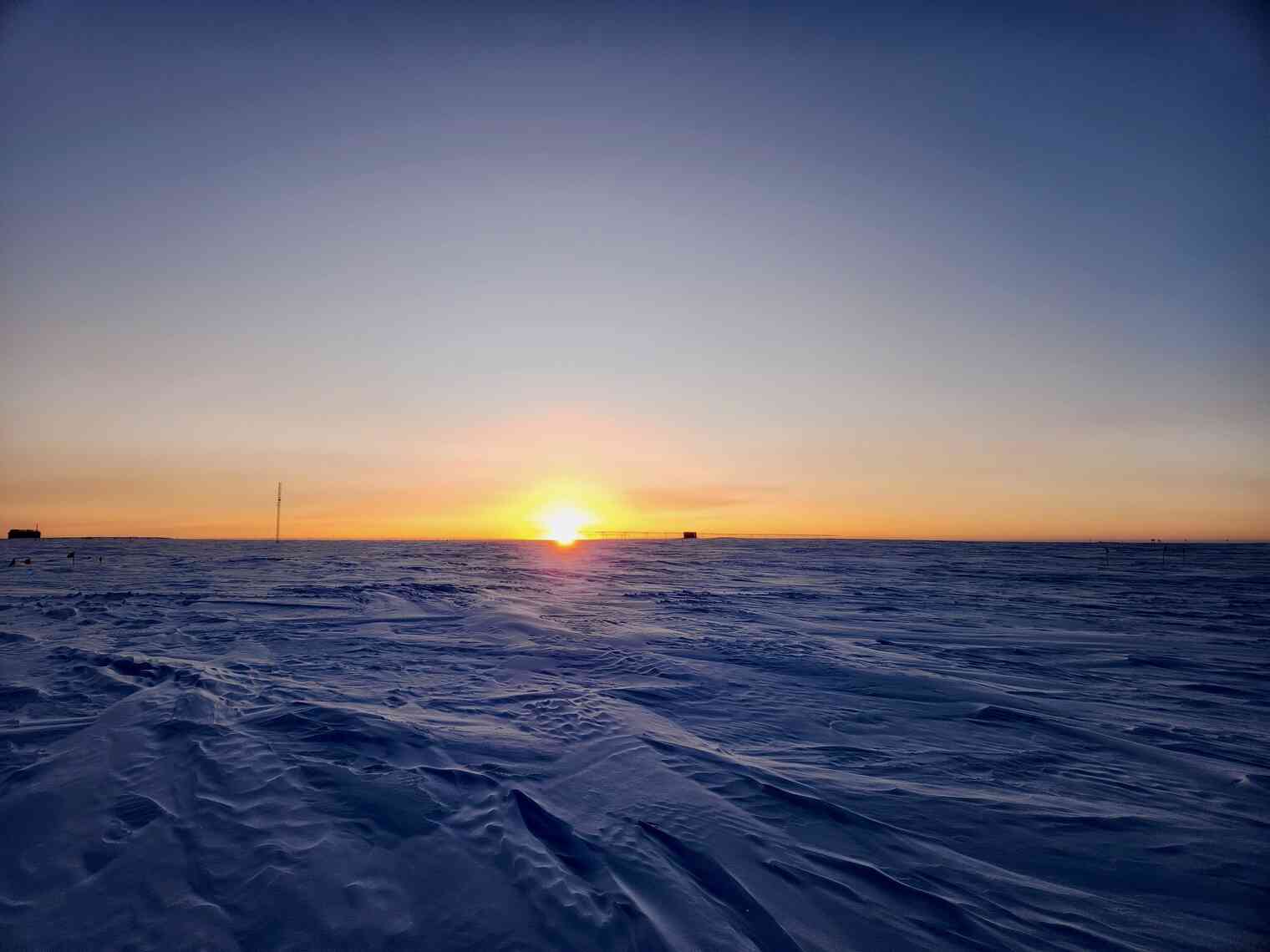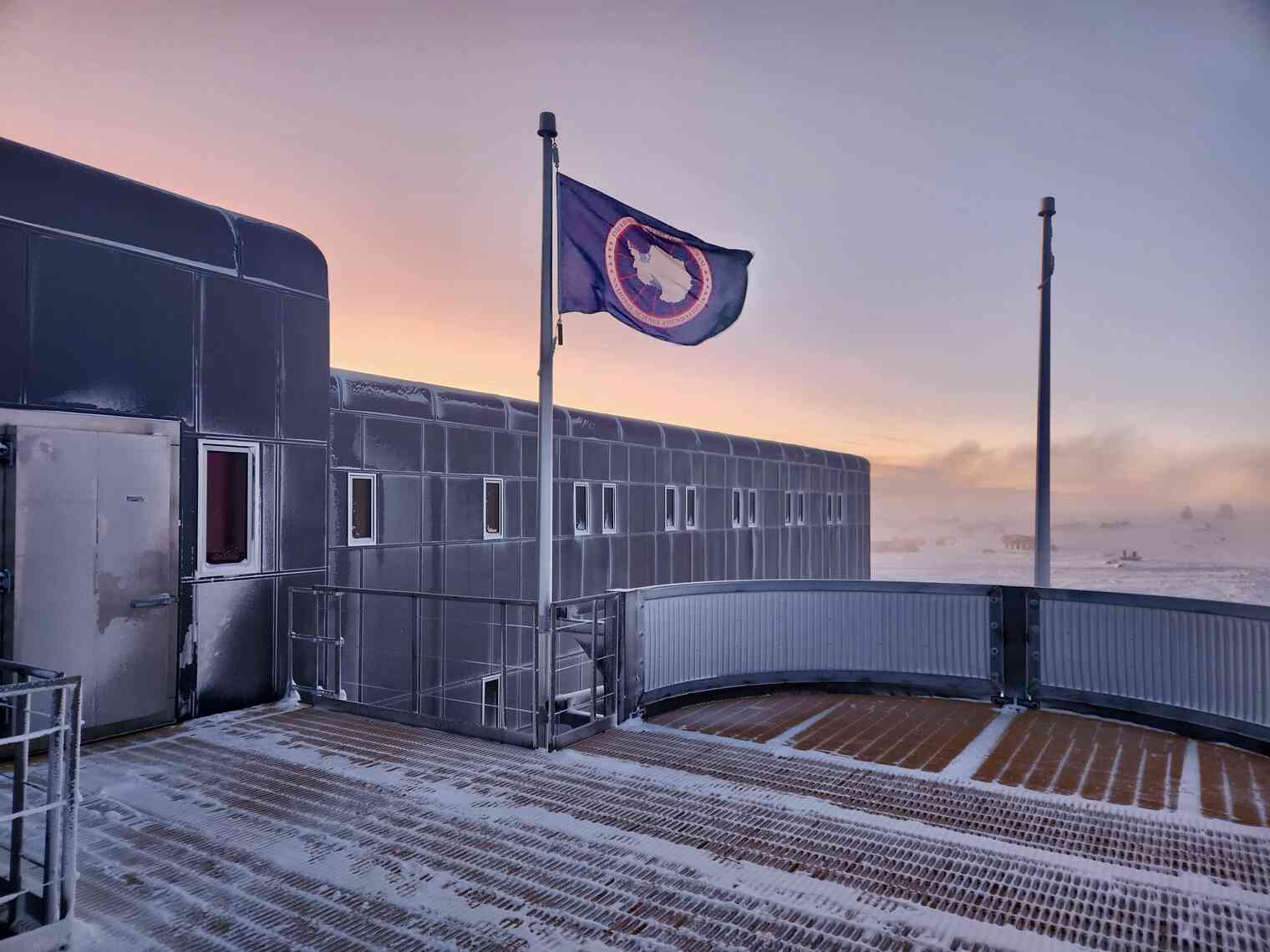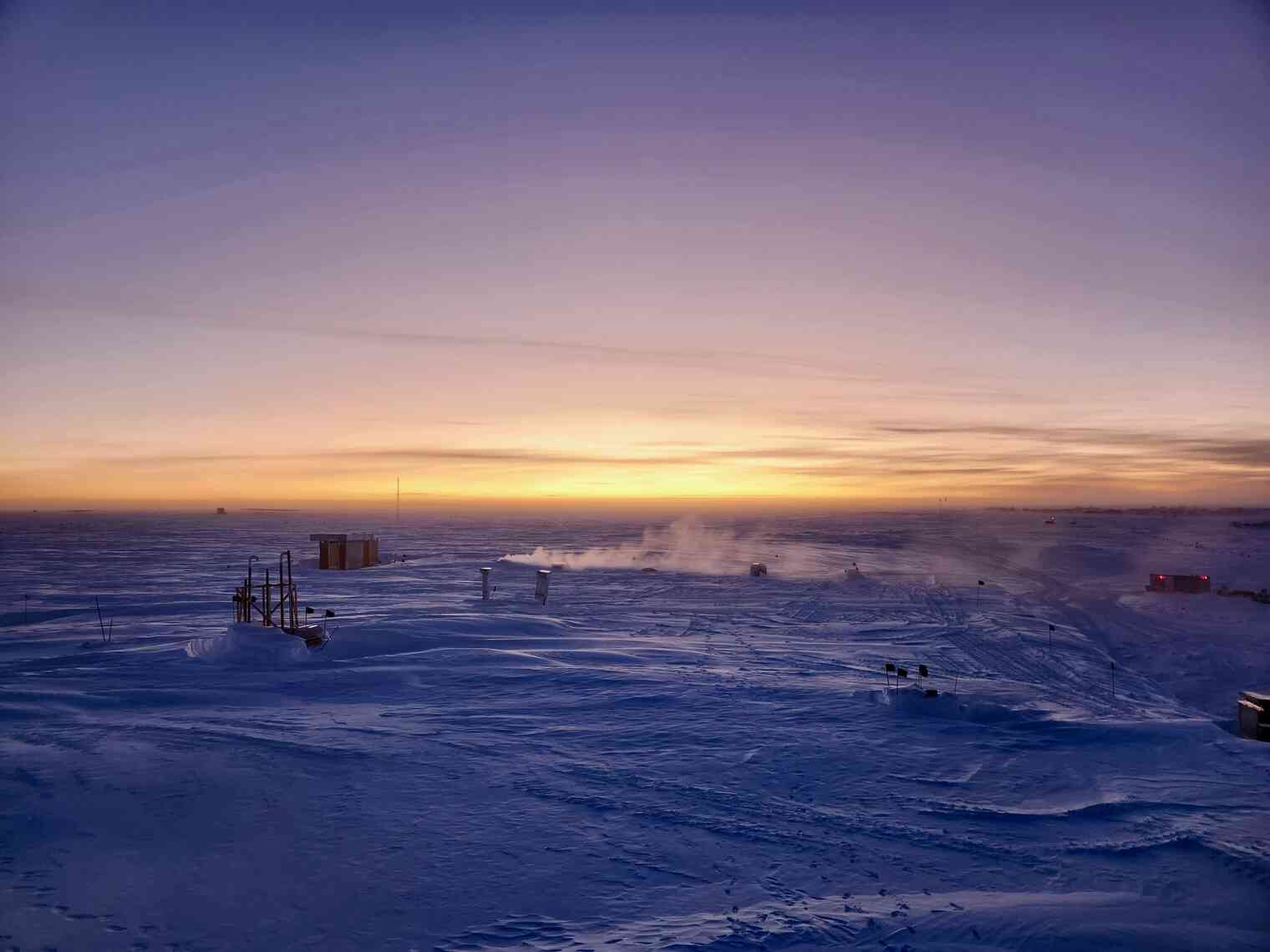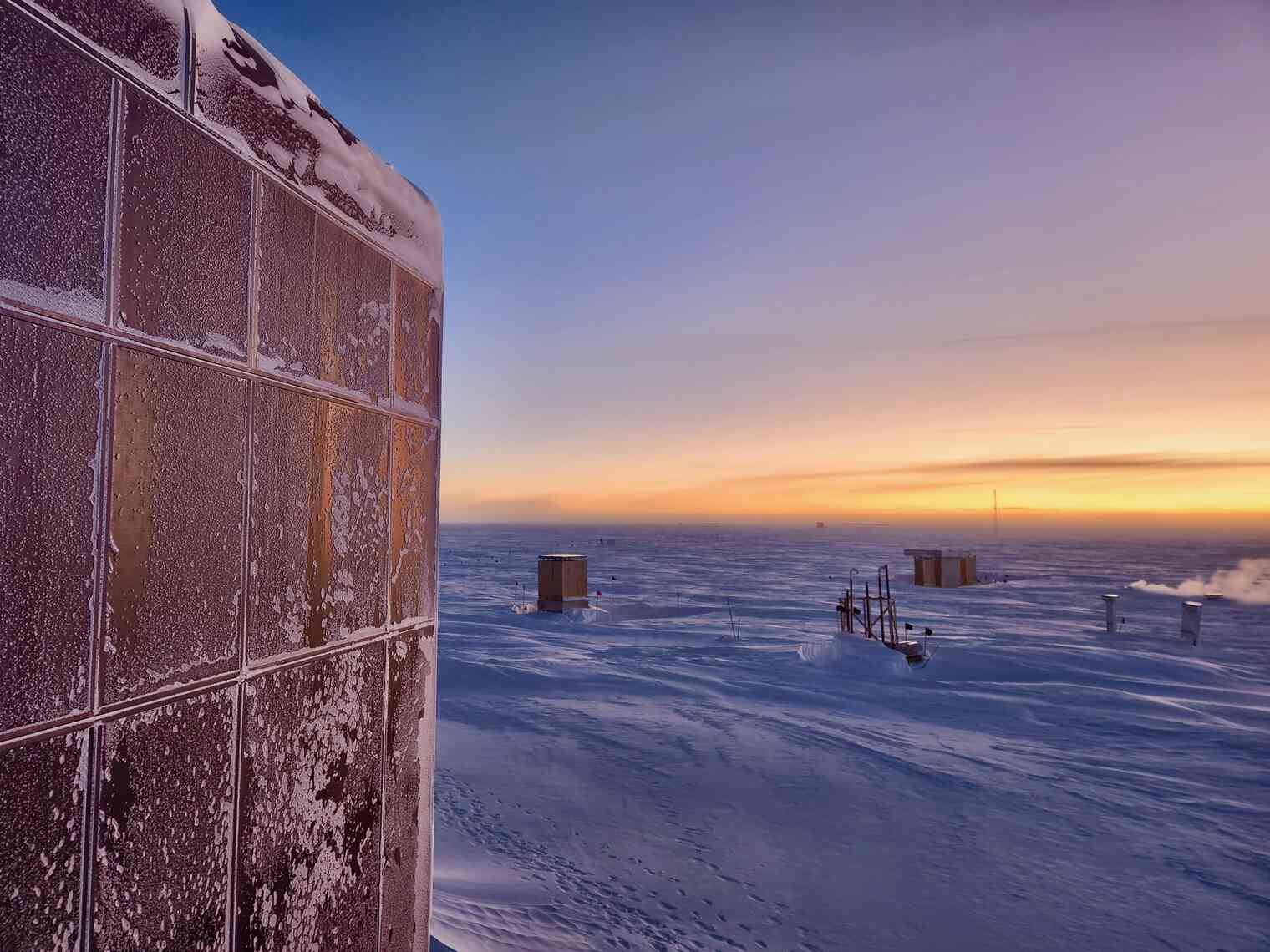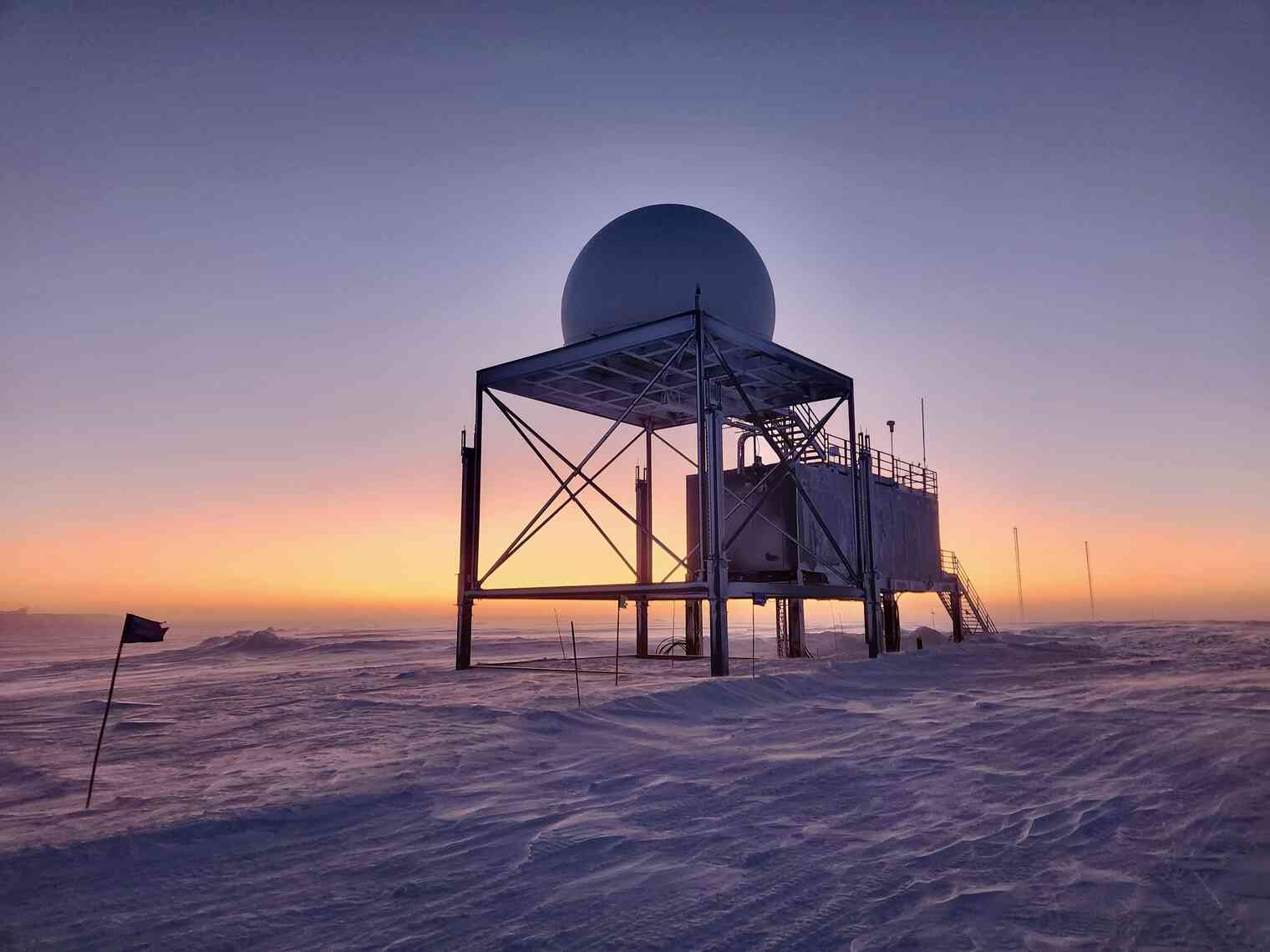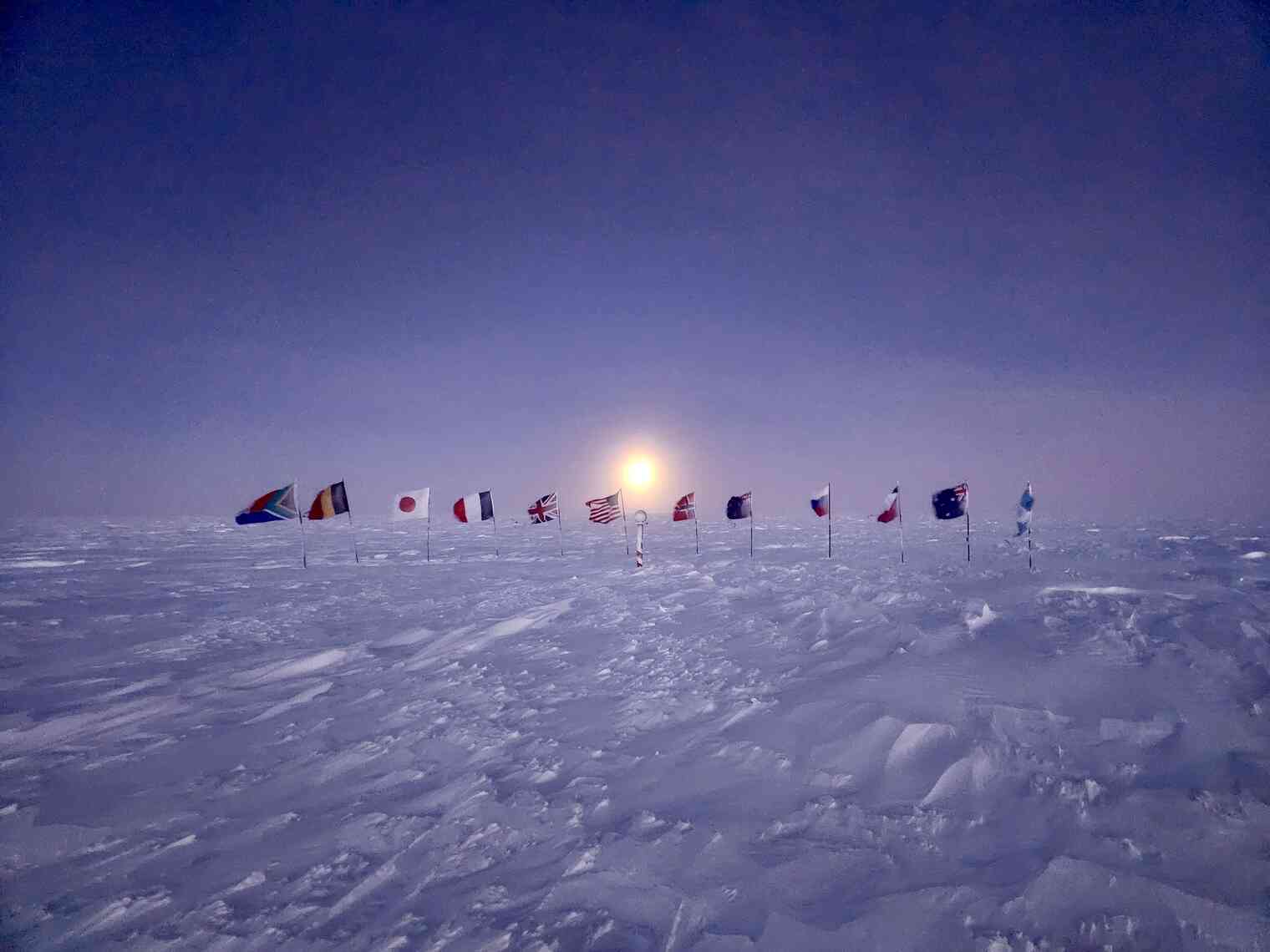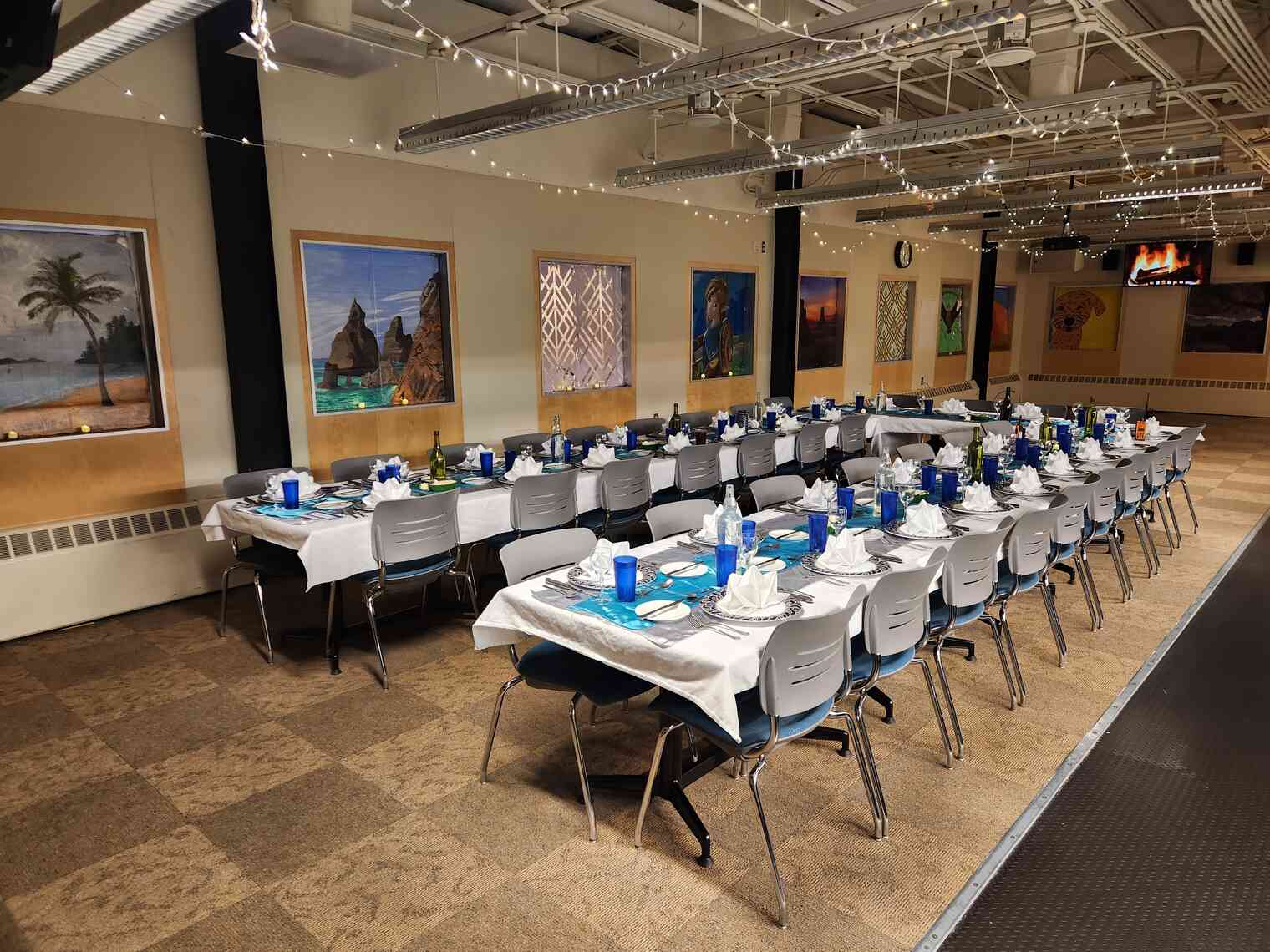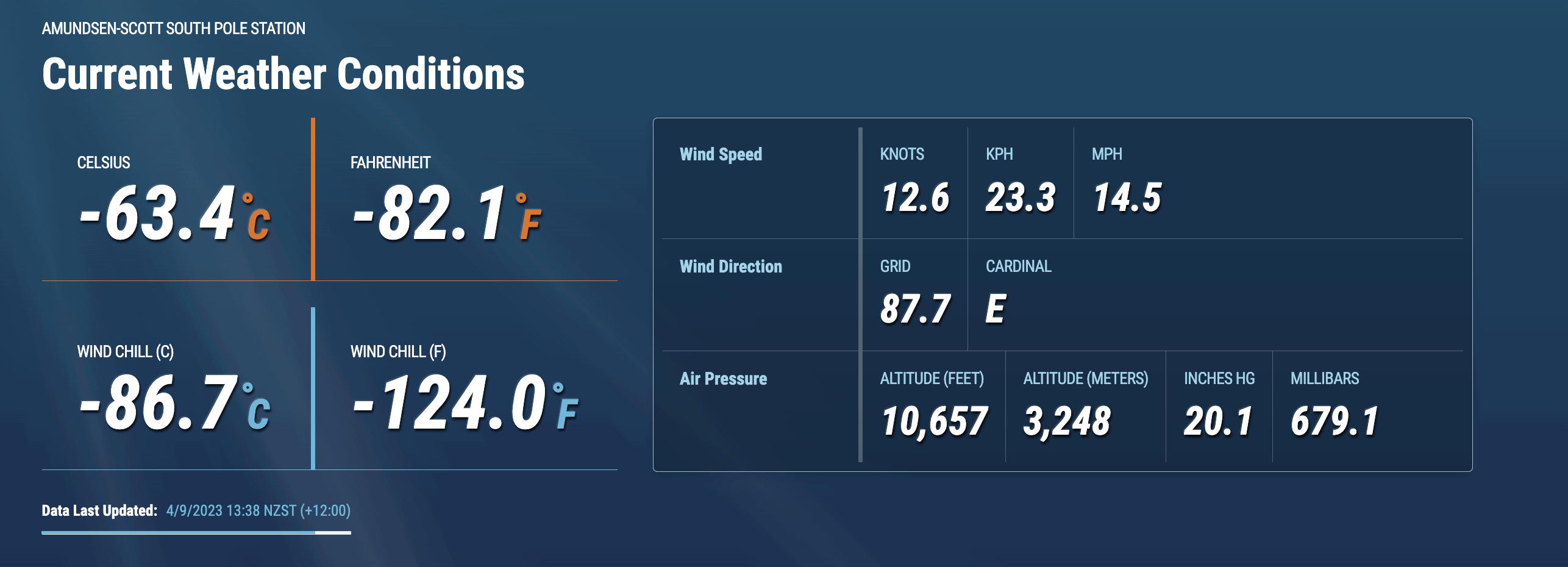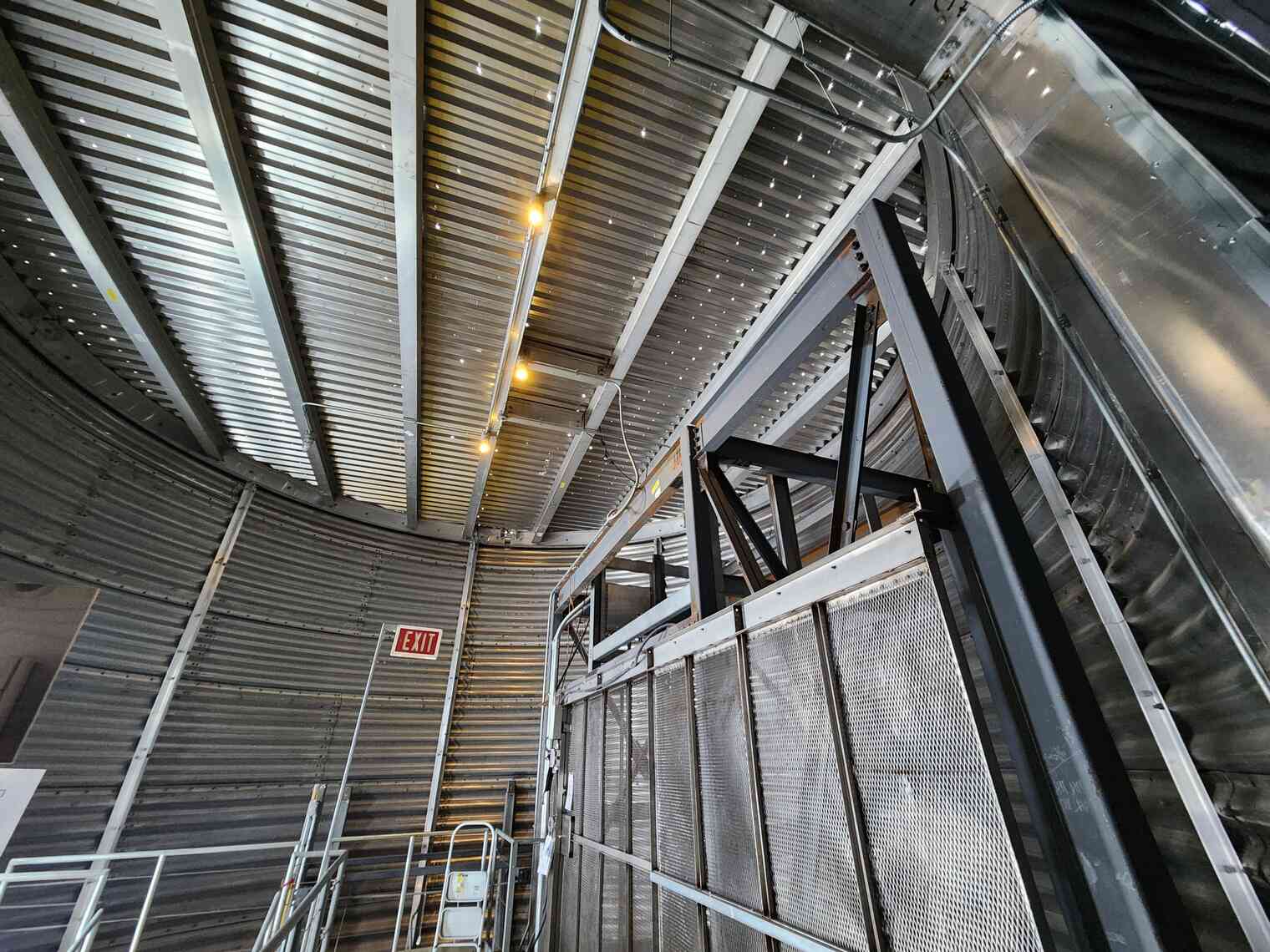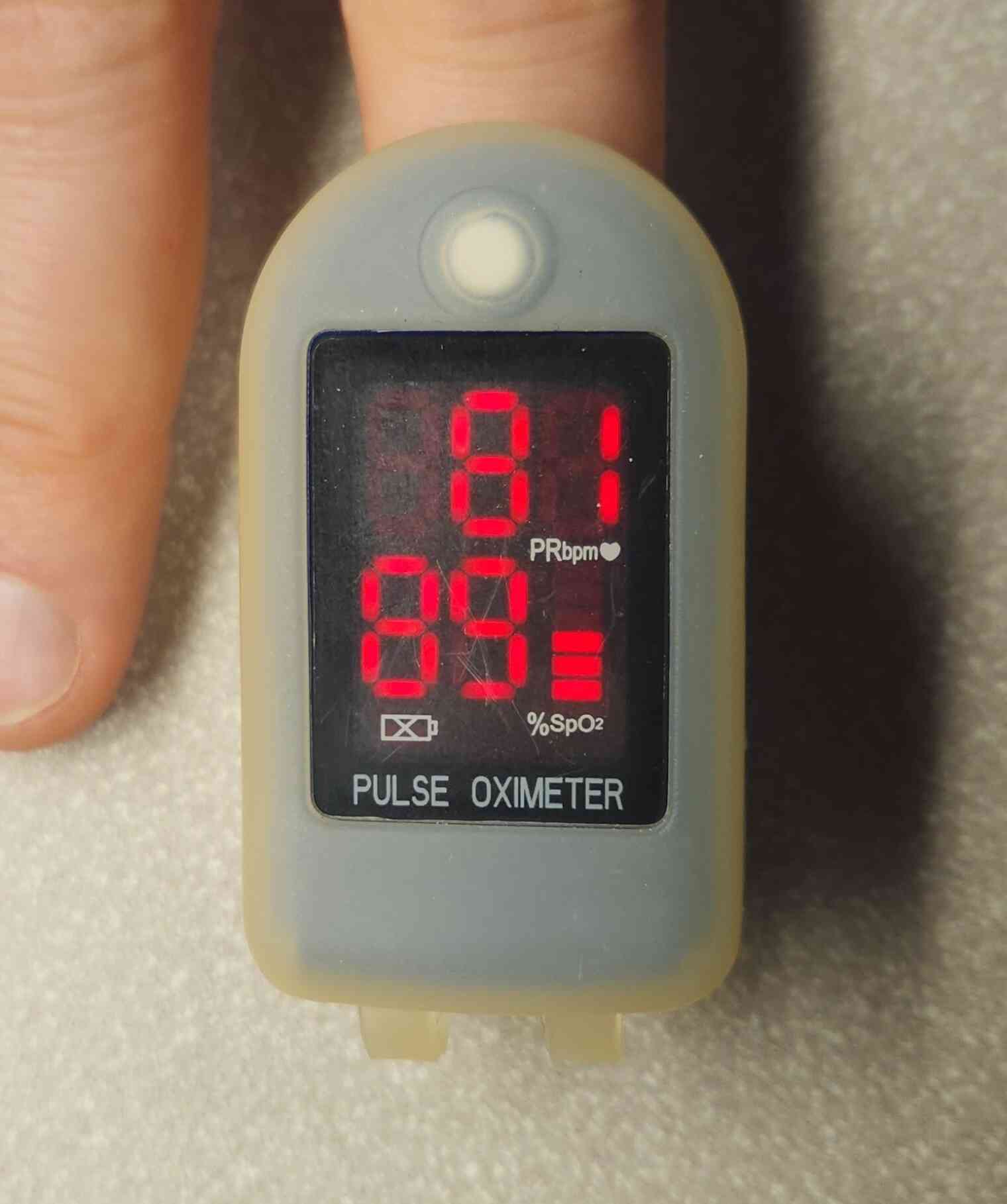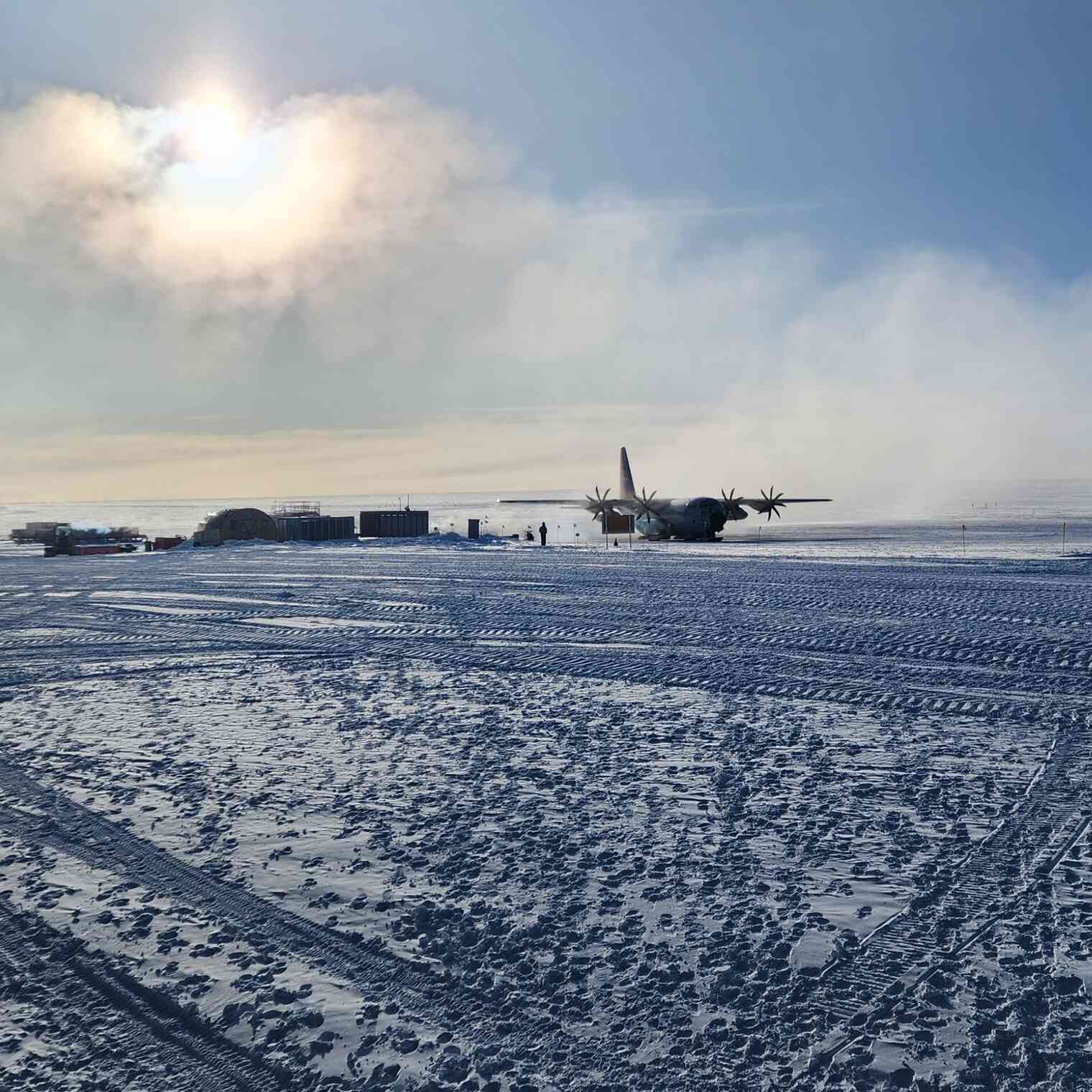South Pole Station sits at near-exactly 90° South latitude. Down here, the sun does weird things. This leads to strange but accurate sentences, such as “can you believe it – only 4 more days until sunset”.
I know you’re all here for the scenic photos, but first indulge me for a bit about how “daylight” works at polar latitudes.
Any location South of the Antarctic Circle (around 66.5° South latitude) will experience 24 consecutive hours of daylight (“midnight sun”), and 24 consecutive hours of darkness (“polar night”) at least once per year. However - most areas still get “normal” (daily) sunrises and sunsets for at least part of the year.
McMurdo, for example, sits at 77.85° South latitude. Well below the Antarctic Circle, but still nowhere near as far South as South Pole Station. McMurdo gets daily sunrises and sunsets for several months each year, during the transitional period between 24x7 daylight and 24x7 night.
This year at McMurdo, the 24x7 “midnight sun” period ended on February 20. There will be daily sunrises and sunsets until April 25, at which point McMurdo will enter “polar night”. The sun will stay below the horizon until August 19. Then there will be daily sunrises and sunsets until October 24, followed by another round of midnight sun.
In my Hut Point post about McMurdo Station, I remarked:
“It’s now early September, and we’re rapidly gaining daylight. We’re getting an extra 15-20 minutes per day, and it’ll be just a few more weeks until there’s some light 24x7. For now, the sun is just barely peeking out from behind the hills.”
That’s McMurdo. Strange, but not too strange.
South Pole is where things get really weird.
At exactly 90° South latitude, the sun rotates in a near-perfect counterclockwise circle around the sky. There is no difference whatsoever between “night” and “day”. On any given day, 2pm looks the same as 2am. The sun is at the same height, just in a different part of the sky.
The sun reaches its highest point in the sky, about 23.5° above the horizon, around the December Solstice (December 21).
After the sun reaches its peak, it begins to set. It’s still rotating in perfect circles around the sky; they’re just getting lower and lower each day.
When the sun gets low enough in the sky, usually around mid-February, the temperature starts dropping rapidly.
This is why South Pole Station “closes” for winter around February 15th each year. Beyond this day, it’s operationally difficult to keep up flights. Sure enough, this year the temperature started dropping rapidly right around February 15th, as I noted in Last Flight Out.
The best way I can explain this is with a video. This video was originally published by Robert Schwarz, who has spent 15 winters at the South Pole working for one of the science projects here. It is reposted here with Robert’s permission.
In the video, you’ll see a 5-day timelapse, tracking the sun, from March 8 through March 13, 2017. It’s late in the season, and the sun is pretty low in the sky by this point.
Pretty weird!
Tangent – all of this makes it especially silly that we observe “daylight savings time” here. We follow New Zealand time, because we had to pick something, and all our logistics run through New Zealand. A few days ago, I ran around station setting all the analog clocks 1 hour back, but it sure didn’t feel like we were saving any “daylight”. Again, there is no visible daylight difference between times on a given day. We have a single, gradual sunrise and sunset, spread out over the course of an entire year.
I wasn’t particularly rigorous taking daily photos to catalog the sun’s gradual descent, but here’s a few, showing the date and what the sun looked like on that day:
The sun here at South Pole Station finally “set” on March 23, 2023 at 12:54pm, NZ time. We all stared out the window (or ventured outside) to watch it happen, but it’s really an anticlimactic milestone. We’re basically experiencing a single, very weird, year-long day/night cycle. The actual moment of “sunset” (officially defined as the moment the sun completely dips below the horizon) isn’t really that special – the effects are spread out for several weeks.
Nevertheless, here’s my closest true “sunset” photo:
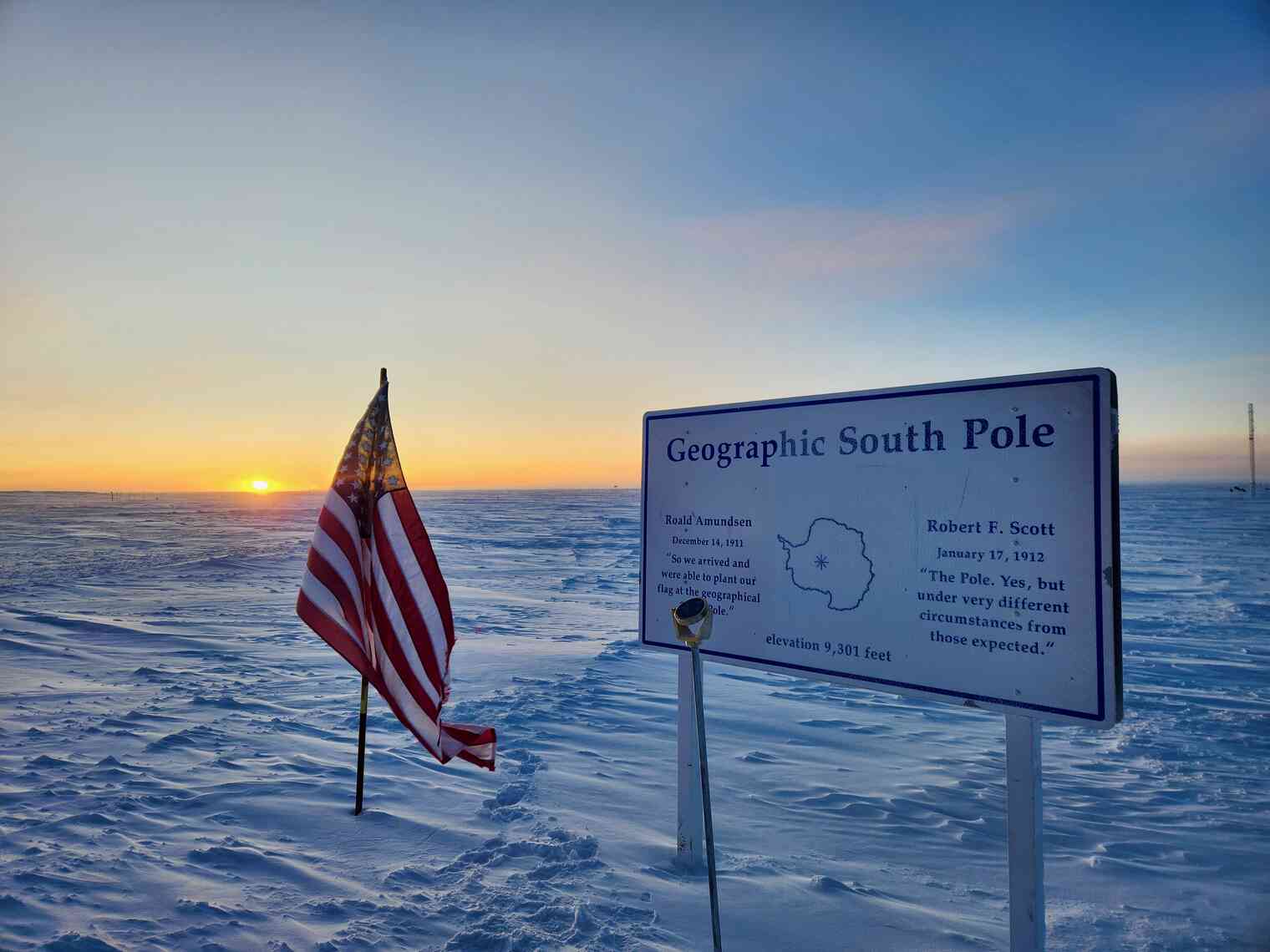
And a few more photos from around sunset:
As the sun slowly disappears below the horizon, we’re treated to a several-week-long period of brilliant colors. The sun continues its counterclockwise rotation, just below the horizon, allowing you to experience a sunset from any direction you choose.
For example – in the “mornings” (7am), the sun is visible from the observation deck at Destination Alpha. In the evenings, the sun has just finished passing through the backyard. By about midnight, it illuminates the Ceremonial South Pole out in front of the station.
These next few photos were taken about 10 days after sunset! It’s still magical, showing just how slowly the sun sets.
By April 6, we had our first bright moon! And with some lingering sunlight from the opposite side of the sky, there was still plenty of light, even for camera phone photos:
With any luck, we should start seeing our first auroras within the next few weeks!
During Winter here at South Pole Station, we take our celestial events very seriously.
On March 25, we observed Sunset Dinner. This is a formal affair – a ritual, a celebration, a proper excuse to revel in the magical absurdity of our situation.
We’re thousands of miles from civilization, it’s -80°F outside, and we’re marching toward six months of darkness, with only ourselves to rely on. Time to celebrate!
Our galley crew goes all-out to prepare. The decor, the ambiance, the food… the entire evening is a curated masterpiece. It’s one of the most fun all-station evenings I’ve had so far.


We’re now passing through all the various stages of Twilight, on our way towards night.
From March 22 through April 5, we were in Civil Twilight.
From April 5 through April 22, we’ll be in Nautical Twilight.
From April 22 through May 12, we’ll be in Astronomical Twilight.
From May 12 through August 2, it’ll be night, and fully dark, with only occasional light from the moon.
Then we’ll repeat the cycles in reverse, culminating in sunrise around the September Equinox.
This afternoon, as I was putting the finishing touches on this post, I stepped outside and saw a star bright enough to catch on camera. We’ll be seeing a lot more of these over the next few months!

Also – it is COLD out.
Until next time!
